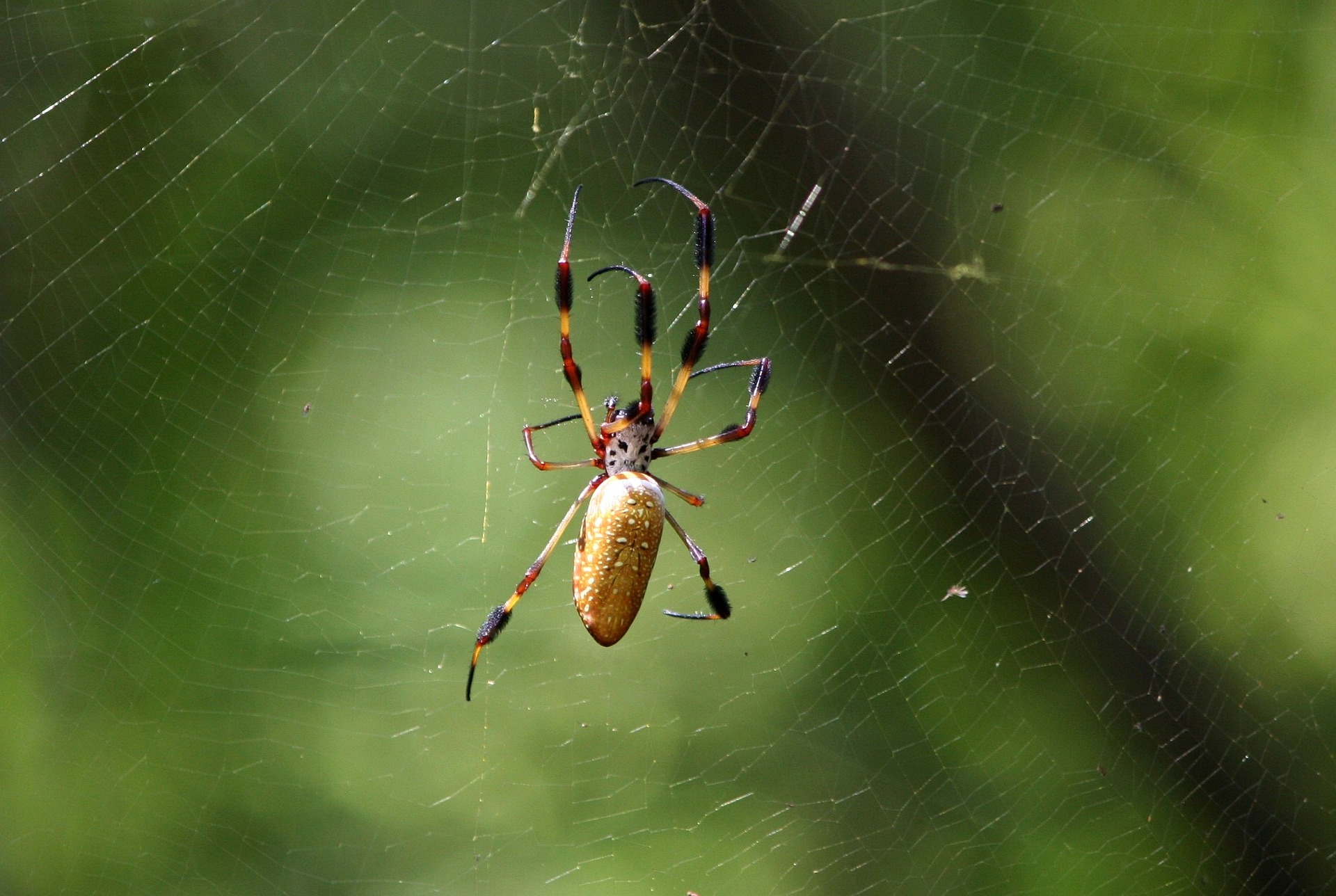Table of Contents
ToggleIntroduction:
The beauty and intricacy of spider silk have long been admired by humans. For centuries, spider silk has been used in various forms, from fishing nets to clothing. However, with the advent of technology and increased demand for luxury fabrics, the focus has shifted to harvesting spider silk for commercial use. While the concept of using spider silk as a sustainable alternative to traditional fabrics is appealing, the reality of how it is being harvested raises serious environmental and ethical concerns.
The Golden Silk Cape:
One of the most famous examples of spider silk clothing is the Golden Silk Cape, created by textile artist Simon Peers and designer Nicholas Godley in 2009. The cape, which is made entirely of the silk produced by over one million female golden orb spiders, was on display at the American Museum of Natural History in New York City. The creation of the cape was a remarkable feat of craftsmanship, taking four years to complete. However, the harvesting of spider silk for the cape and other similar projects raises serious concerns about the sustainability of the practice.
The Unsustainable Harvesting of Spider Silk:
Spider silk is incredibly strong and lightweight, making it an attractive alternative to traditional materials like cotton and polyester. However, the process of harvesting spider silk is both time-consuming and inefficient. In order to obtain a sufficient amount of silk, large numbers of spiders must be captured and kept in captivity. The spiders are then milked by hand, a process that is both time-consuming and stressful for the animals.
In addition to the ethical concerns surrounding the captivity and milking of spiders, there are also serious environmental concerns. Large-scale spider farming operations require significant amounts of resources, including water and food for the spiders. These resources must be obtained through agriculture, which can contribute to deforestation and habitat loss. Furthermore, the process of capturing and keeping large numbers of spiders in captivity can lead to a decrease in the wild spider populations, further impacting the ecosystem.
The Need for Sustainable Alternatives:
While the idea of using spider silk as a sustainable alternative to traditional fabrics is appealing, the reality of how it is being harvested raises serious concerns. Instead, there is a need for sustainable alternatives that do not rely on the exploitation of animals or contribute to environmental harm. One promising alternative is the development of synthetic spider silk, which can be produced in a laboratory setting without harming any animals or contributing to environmental harm.
Conclusion:
The use of spider silk as a sustainable alternative to traditional fabrics is a concept that has captured the attention of many. However, the reality of how it is being harvested raises serious ethical and environmental concerns. Instead, there is a need for sustainable alternatives that do not rely on the exploitation of animals or contribute to environmental harm. As we continue to explore new materials and technologies, it is important that we do so in a way that is both ethical and sustainable. Only then can we truly create a future that is both beautiful and responsible.







